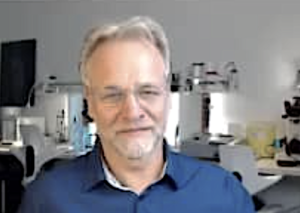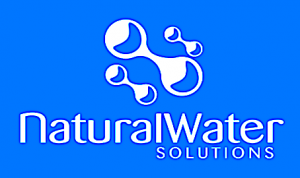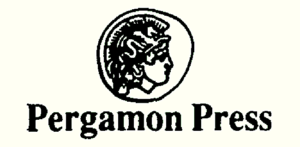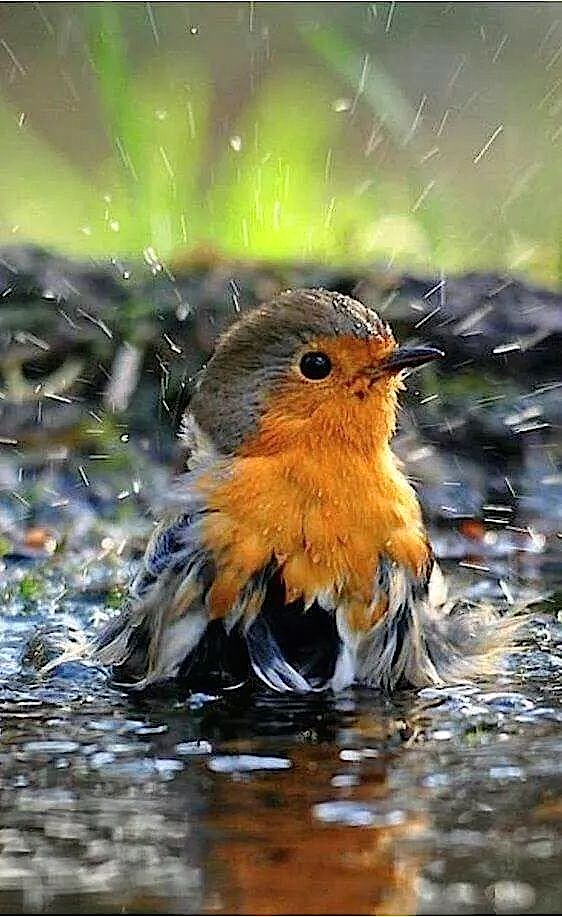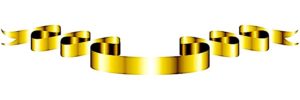15 May | DENTISTS & FLUORIDE, FLUORIDE & HEALTH | admin
HEALTH RECOVERY PROGRAMME +
 Health Recovery Programme
Health Recovery Programme 
The Book Complete – 210 pages
Large file – may be slow to load!
~ THE SCIENTIFIC METHOD ~
.
MMS 1
 Health Recovery Programme
Health Recovery Programme 
The Book Complete – 210 pages
Large file – may be slow to load!
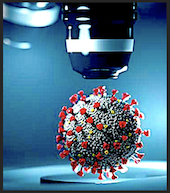
⇓ Watch ⇓
More recent
Australian Drinking Water Guidelines
[ TGA and Chris Steger please note. ]
Chlorine dioxide has been approved by NHMRC
for use in disinfecting drinking water since 2005
The Australian Drinking Water Guidelines (the ADWG) published by the National Health and Medical Research Council (NHMRC) and Natural Resource Management
Ministerial Council (NRMMC) in 2004 are not mandatory standards but provide a basis for determining drinking water quality… ↓ ↓ ↓
Natural Water Solutions-Chlorine Dioxide Approvals
Chlorine dioxide a better disinfection solution
.
Chlorine Dioxide does not produce THMs as chlorine does, and doesn’t give rise to the formation of chloroform and bromochloromethane as chlorine does.
.
Chlorine Dioxide does not react with ammonia, nitrogenous compounds or precursors to form chloroform as chlorine does…”
.
Chlorine dioxide as a disinfectant has the advantage that it directly reacts with the cell wall of micro-organisms. This reaction is not dependent on reaction time or concentration. In contrast to non-oxidizing disinfectants, chlorine dioxide kills micro-organisms even when they are inactive.
Therefore the chlorine dioxide concentration needed to effectively kill micro-organisms is lower than non-oxidising disinfectant concentrations. Micro-organisms cannot built up any resistance against chlorine dioxide.
See more below ⇓
EXTRACT FROM ABOVE:
Discussion
Mechanism of inactivation of CIO2, on viruses
The mechanism of killing bacteria by disinfectant, in some respects, suits virus also. However, due to the virus possessing its special structure, the disinfectants, i.e. CIO2 and liquid chlorine, do not express completely identical inactivation effect on virus and bacteria.
A virus is a kind of micro, super parasite. Generally, its resistance to disinfectants is stronger than the bacteria (Meng Zao, 1986). Now generally speaking, chlorine does not only react with the protein of capsomeres to destroy semi-permeability of membrane of protein and making it disappear, but also reacts with internal RNA and the RNA is first deteriorated and then removed. Thus, chlorine can kill the viruses and the killed viruses are decomposed. Chlorine dioxide can absorb and penetrate into the protein of capsomeres and react with internal RNA. Thus, CIO2 damages the capacity of genetic group as the model of RNA to be synthesized. Therefore, the surface of the virus absorbs high concentrations of CIO2 molecules. This strengthens the disinfection effect of chlorine dioxide considerably and results in viruses to be inactivated eventually. Different inactivation effects of using these two disinfectants. As can be seen in our experimental results, for liquid chlorine, under conditions of 7.0mg/L dose and contacting for 30 and 60 min, there were no inactivation effects on Policvirus-1, Coxsackie virus-B3, ECHO-11, Adenoviros-7, Herpes simplex virus-1 and Mumps virus. As CIO2, under conditions of 1.0mg/L dose and contacting for 30min may attain the inactivation effect on all six kinds of virus mentioned above. This shows that CIO2 has more obvious inactivation effect on viruses than liquid chlorine.
Notice the date! 1994
Full text ⇒ HERE
Chlorine-Chlorine dioxide – Biofilm-MMS.
& CORAL BLEACHING –
Chlorine v Chlorine Dioxide
Boron nitiride catalyst destroys toxic PFAS



